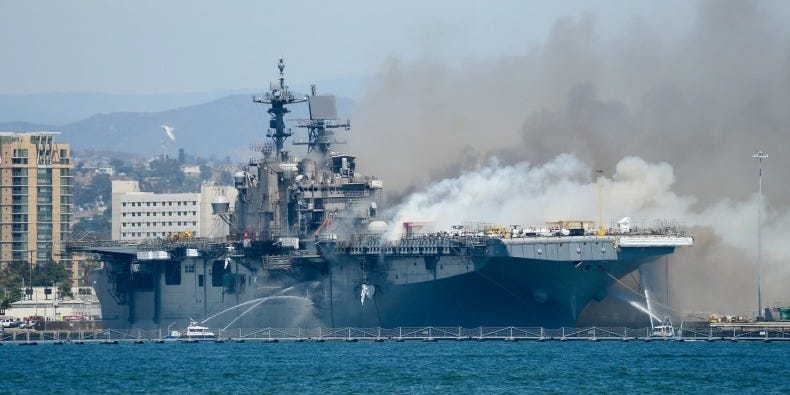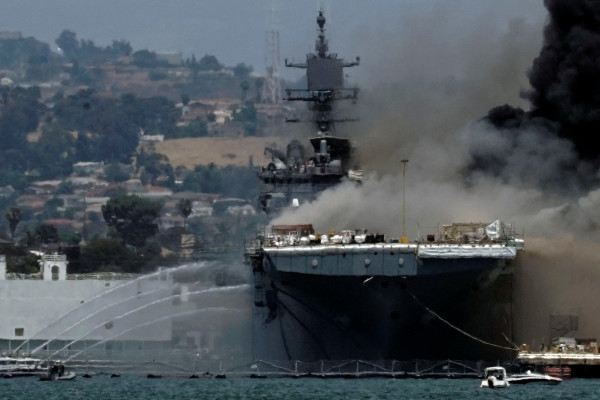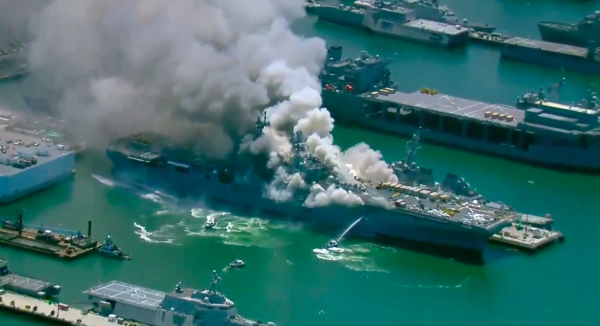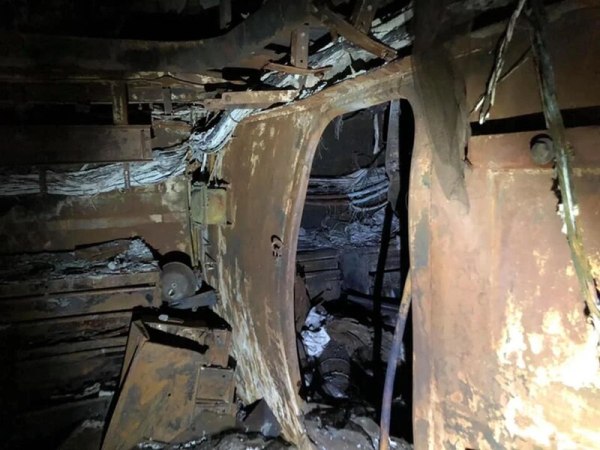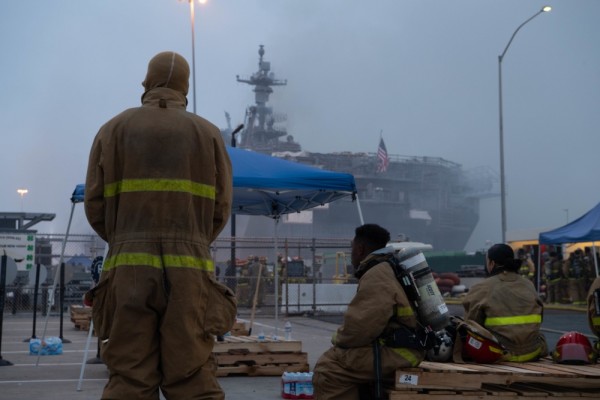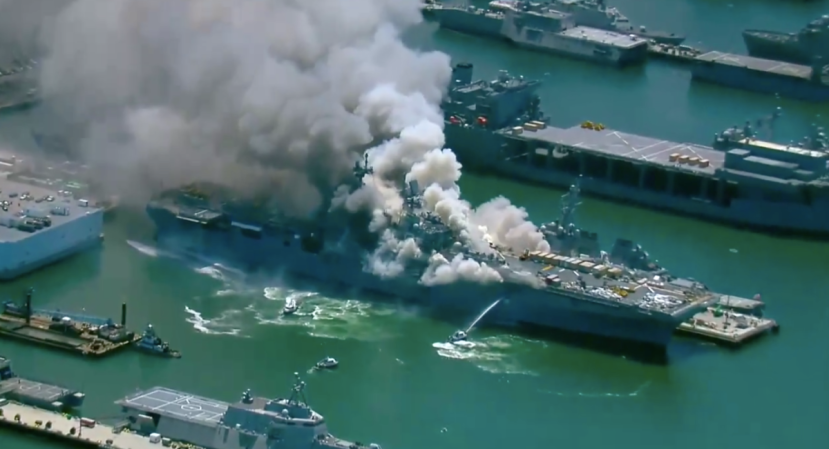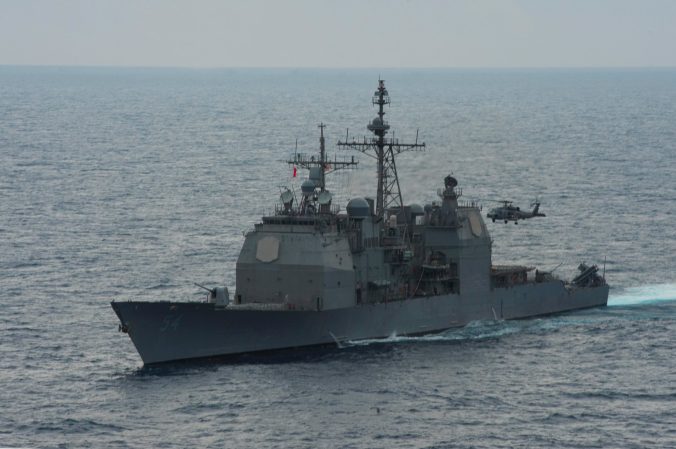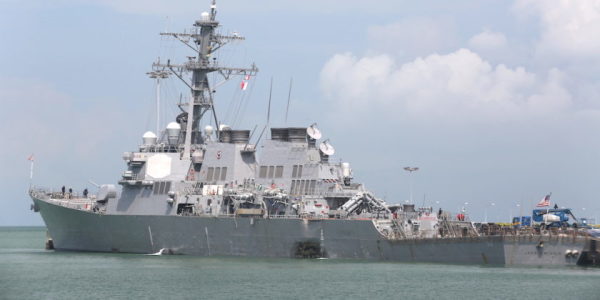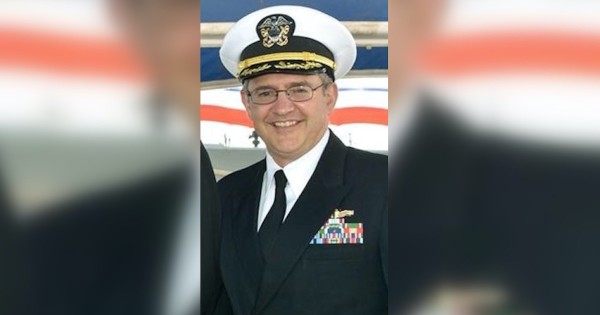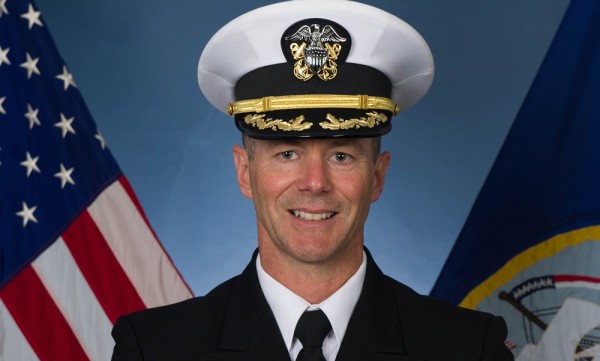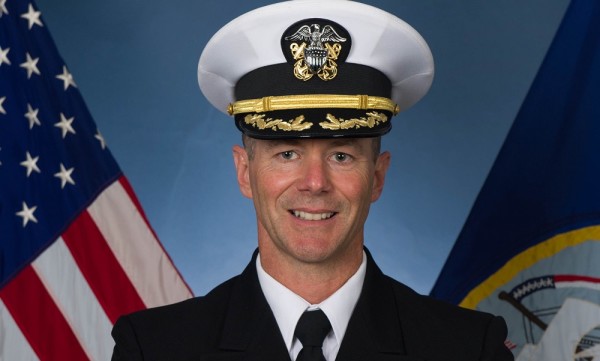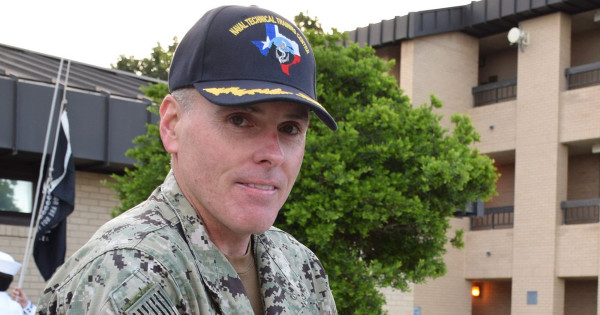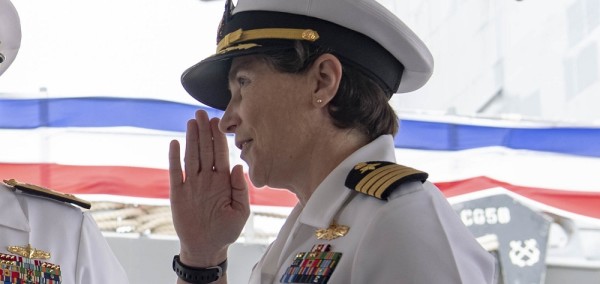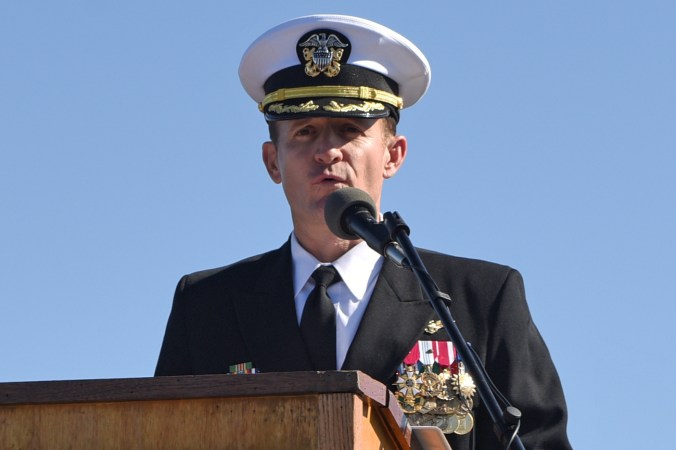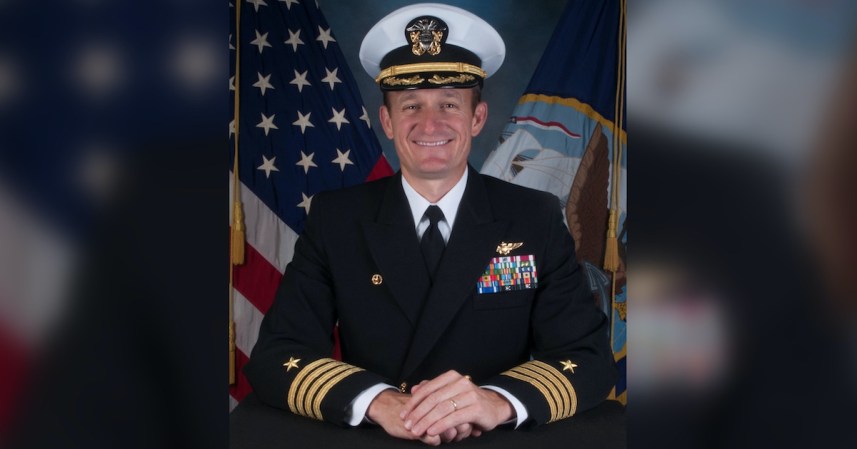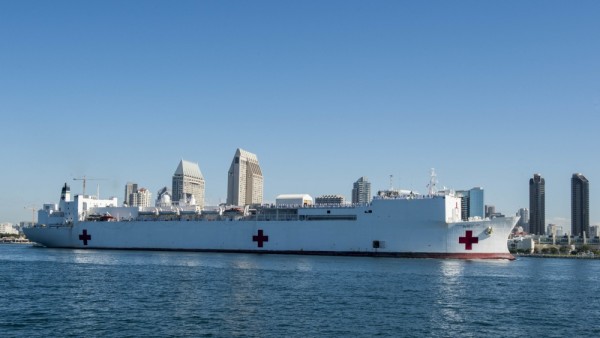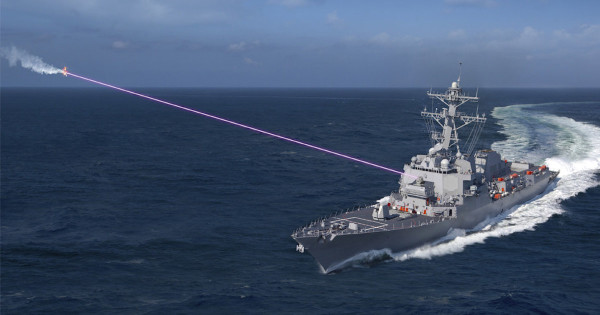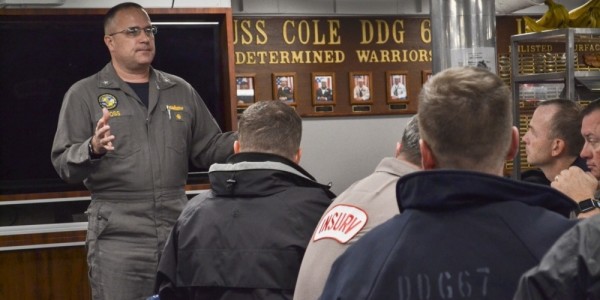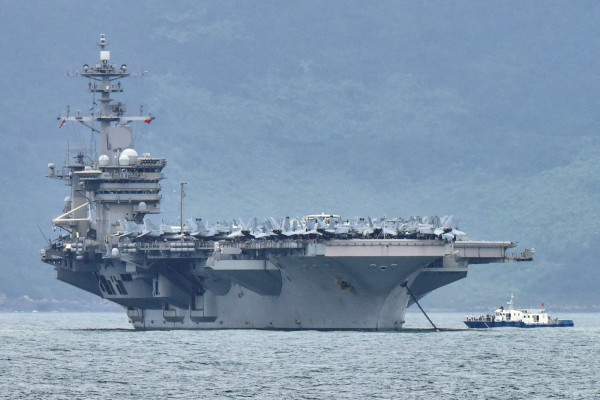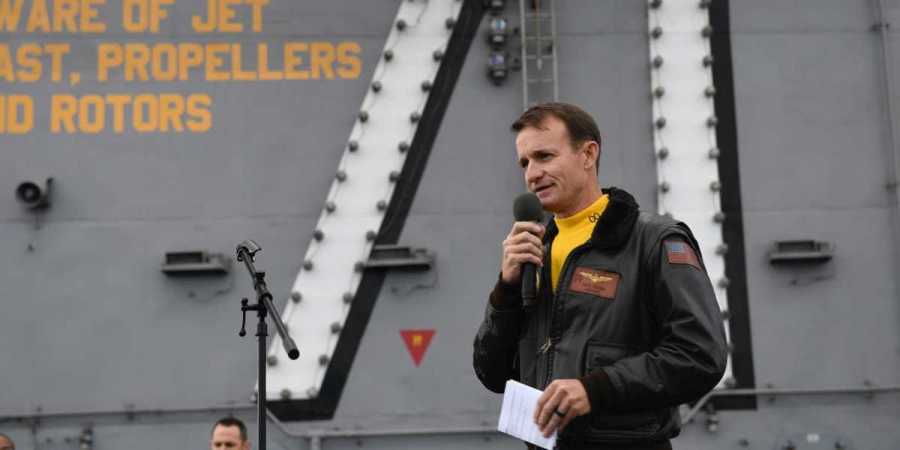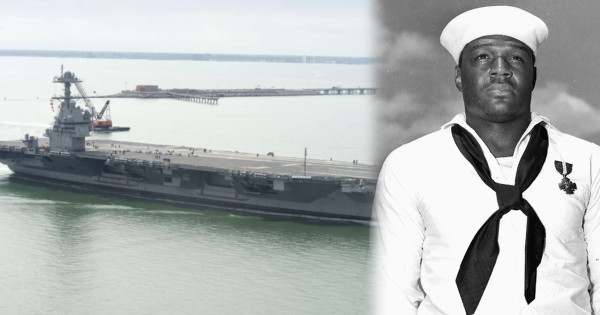Two years after an amphibious assault ship was set on fire and burned while commanders argued over who was in charge, the U.S. Navy finally has issued clear directives on authority in such matters.
From now on if surface ships undergoing maintenance catch fire or have other serious emergencies, the ultimate authority will be the heads of the surface fleets for the Pacific and Atlantic commands. If those commanders are not present, they will name lead authorities for certain ship concentrations.
Defense News’ Megan Eckstein reported on the new command directives, quoting Vice Adm. Roy Kitchener, commander of Naval Surface Force Pacific (or SURFPAC). Kitchener and his Atlantic counterpart, Rear Adm. Brendan McLane, will be taking charge.
The new command structure comes in response to the confusion around the USS Bonhomme Richard. That ship was set on fire in July 2020 and burned out of control while the Navy tried to figure out who actually had command authority in the situation. At the time, the amphibious assault ship was at port in San Diego, undergoing upgrades that would have allowed it to carry F-35B fighter planes on it. The blaze went on for five days, finally being put out on July 16. In the end, the fire was so bad that the entire ship was decommissioned and scrapped. Seaman Apprentice Ryan Sawyer Mays was charged with starting the fire that consumed the ship. A later investigation found the confusion in the initial hours of the fire was to blame for the situation getting out of hand, and that a number of fire stations were not properly maintained. Secretary of the Navy Carlos Del Toro later wrote in a memo that better care and training with the fire fighting equipment could have helped prevent the fire from getting worse.
Kitchener’s predecessor at SURFPAC, now-retired Vice Adm. Richard Brown, had said when the fire broke out he did not know if SURFPAC or the Navy’s 3rd Fleet had commanding authority while the Bonhomme Richard was undergoing work. Brown was among more than two dozen sailors reprimanded for the delayed response to the Bonhomme Richard fire, although he told Defense News earlier this summer he had been cleared of wrongdoing. He has said he took charge of the firefighting operation after the 3rd Fleet refused to take authority.
The Bonhomme Richard was the latest vessel fire in recent Navy history, although not the only one in the 2010s. The submarine USS Miami burned in 2012, resulting in up to $700 million in damage and the Navy deciding the repair costs were too high.
Alongside clear command structures, the Navy is also taking other steps to prevent fires from getting out of hand. Those include added training for crews in the event of a fire, and also hiring more fire safety officers for ships.
The latest on Task & Purpose
- Millions of troops cry out in horror as Dodge announces end of the Charger and Challenger
- An Air Force captain with top secret security clearance vanished. He resurfaced 35 years later
- Charges reinstated against Navy Corpsman in case of Green Beret contractor killed in Iraq
- The Army wants you to skip ‘entry-level’ civilian jobs and be an officer instead
- The Air Force published an entire photo album of mustachioed troops and it’s glorious
Want to write for Task & Purpose? Click here. Or check out the latest stories on our homepage.


